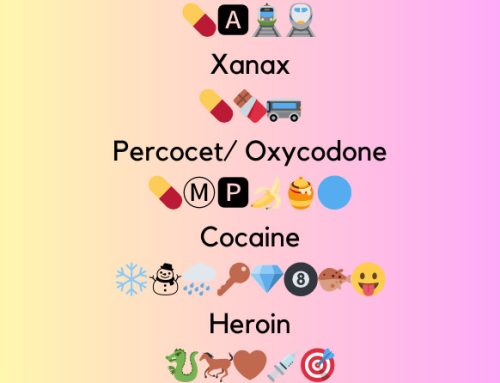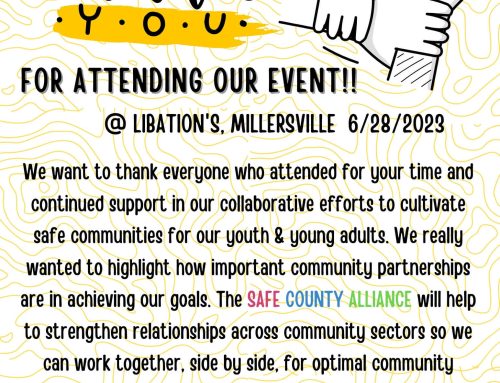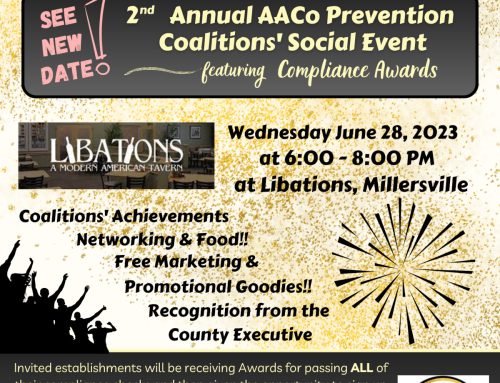
Although all families with young children need the support of the larger community, support from a responsive community is even more critical for vulnerable children and families. A literature review conducted by the Center for the Study of Social Policy identified five major protective factors (Knitzer & Lefkowitz, 2006) shown to lead to better outcomes for children, even when life has been unkind to them:
- Concrete support in time of need
- The presence of a good support system
- The use of good parenting skills
- The mental health and psychological resilience of the parents or other caregivers
- The child’s own social-emotional and cognitive capabilities.
When present in families, these factors can make the stressful times more manageable or can help prevent some stressful situations in the first place. A responsive community can influence all of these five protective factors. We will explore how to do this in more detail in Section 3. Creating these growth-promoting environments for children can be a challenge for any family. For parents or other close caregivers struggling with mental health problems, substance abuse, or trauma, the task can be daunting. Society still tends to blame any individual facing these problems, often judging parents or caregivers even more harshly. Even those of us who work with children and families can forget that many parents were neglected, abused, or traumatized early in life. The effects of these experiences often make it more challenging for these parents to be the kind of caregivers they want to be. For our efforts to be successful, we need to take this information into account when we structure our outreach efforts and programs (Knitzer & Lefkowitz, 2006). It is important to recognize, too, that all families have strengths.
Responding to families involves addressing challenges in a supportive way, as well as recognizing and building on strengths. The exciting news is that, as members of a responsive community, there is much we can do to create and maintain these protective factors. The importance of focusing on the well-being of infants and toddlers, as well as their parents and other caregivers, is slowly beginning to penetrate public consciousness. We have an important role in spreading the message—that the earliest years are crucial for the health of the individual and the health of our communities—whenever and wherever we can. Not only will individual children and families benefit, so will society as a whole. Nobel Prize-winning economist James Heckman writes convincingly that investing in our infants and toddlers is the best economic investment we can make (Heckman & Masterov, 2004). In fact, he says that for every year of a child’s life we delay in making these investments, we will end up spending more money on problems we could have prevented in the first place—money wasted on lost productivity, incarcerations, mental health and substance abuse treatment, and physical health problems. To be successful in helping children, this investment also needs to target the most powerful influence on a child’s well-being: parents and other caregivers.
For more info, visit: https://store.samhsa.gov/product/supporting-infants-toddlers-families-impacted-caregiver-mental-health-problems-substance/SMA12-4726




